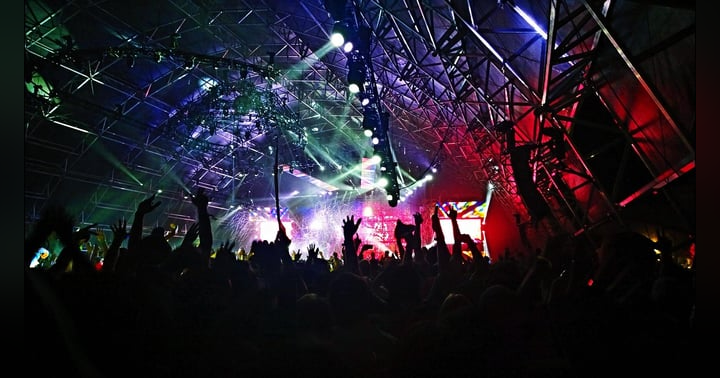The Branches of Dance Education - What is teaching Dance actually made of?

When I was researching dance programs across tertiary level institutions around the world, I noticed how dance is affiliated with such a variety of faculty structures. For instance, some programs are established under physical education, while others are found in conservatoires that solely provide training for the performing arts. There also exists dance programs rooted within the faculty of cultural and humanities studies, which is especially apparent in Indonesia, a country where traditional dance lives on as an essential part of their cultural education.
It was then I realized, with bodies being the main medium of expression and reflection, that dance education can be framed in such a diverse set of lenses. Dance at this point is not only taught at professional institutions as a means for a prospective career, but also serves as a tool for community engagement. In some countries, dance is even incorporated as one of the mandatory subjects for elementary and secondary schools. Considering such a multitude of settings, below are some approaches where dance education could take place, also taking into account when two or more approaches work in tandem.
Physical education: In the most straightforward sense, dancing involves the physical body. Dance is part of physical education as students are required to learn about anatomy, body conditioning, fitness, strength and mobility, nutrition, injury prevention and recovery.
Somatic education: Somatic education is becoming more commonplace as more people advocate for increased cultivation of the body-mind relationship, holistic wellness and self-awareness. The study of somatics guides students to better tune in with their body through internal perception, and hence approach movement through a more embodied experience. Such awareness is a two way traffic, where students would mutually learn to attend and respond to the external world with heightened mindfulness.
Artistic education: Artistic education in dance is the education of the discipline itself, which includes the process of creating, performing and viewing dance. Choreographic skills are developed through investigation of creative ideas and methods, which are then used to manifest a creation to be presented. Performance skills are developed through regular dance training, rehearsal hours and live performing experiences. Moreover, one’s level of appreciation increases through the process of describing, interpreting and evaluating dances. All these processes intertwine with one another to shape the entire artistic experience, which lives and breathes as a whole instead of segregated domains of knowledge.
Aesthetic education: Aesthetic perception is usually coupled with artistic education as mentioned above. While artistic education focuses on the objective knowledge of the discipline itself, aesthetic education provides a framework for subjective experiences in dance such as embodied feelings, expressive qualities, sensory nuances, formal textures etc. Such experiences do not solely occur in dance classes, but are also interconnected with personal life experiences and the broader socio-cultural milieu. If a teacher can develop a student’s appreciation for the aesthetic qualities of dance well enough, students may then gradually come to perceive and experience movement with a more nuanced, intricate and deepened sense of creative contemplation.
Cultural education: Art is an important aspect of culture, thus cultural insights should be equally valued in dance. These insights are reflected in bodies and movements that are constantly being shaped and negotiated with the political, social and philosophical context of a certain time and place. Cultural education in dance would help students better understand specific cultural aesthetics, traditions, ideologies, customs, habits and heritage that inform the meaning and style of said dances. As a result, students may learn to acknowledge cultural diversities and foster a sense of inclusion.
By identifying these different lenses in approaching dance education, and contextualizing the students’ learning process, dance teachers can actively frame their pedagogical strategies to smoothly navigate the physical, somatic, artistic, aesthetic and cultural aspects of a dance subject. Yes, this means teachers become their own curators too. As seen above, parallels can be drawn between dance pedagogy and curatorial practice.
In conclusion, dance education is really about curating relevant resources and applying appropriate teaching strategies, as well as being in constant communication with the students’ needs in order to maximize learning efficacy for each precious individual. And before you go, catch another TED Talk favourite of mine below on Education!
Do schools kill creativity? | Sir Ken Robinson
Reference:
Smith-Autard, J.M. (2002) (2nd). The art of dance in education. London: Methuen.












